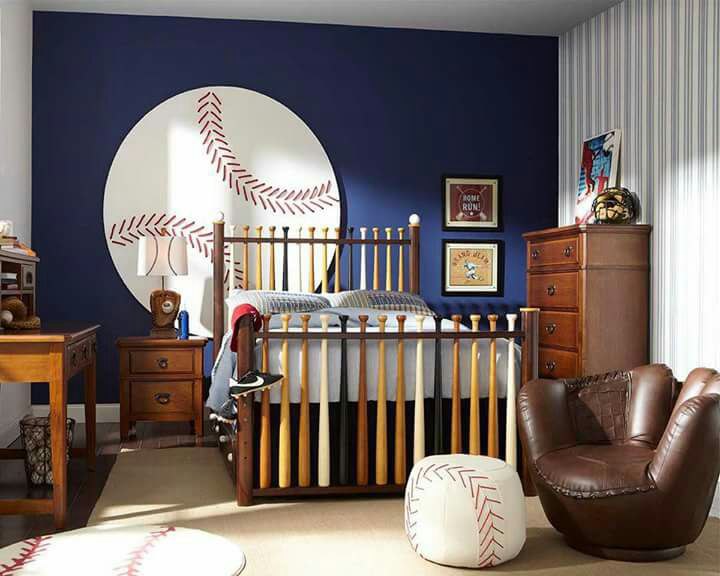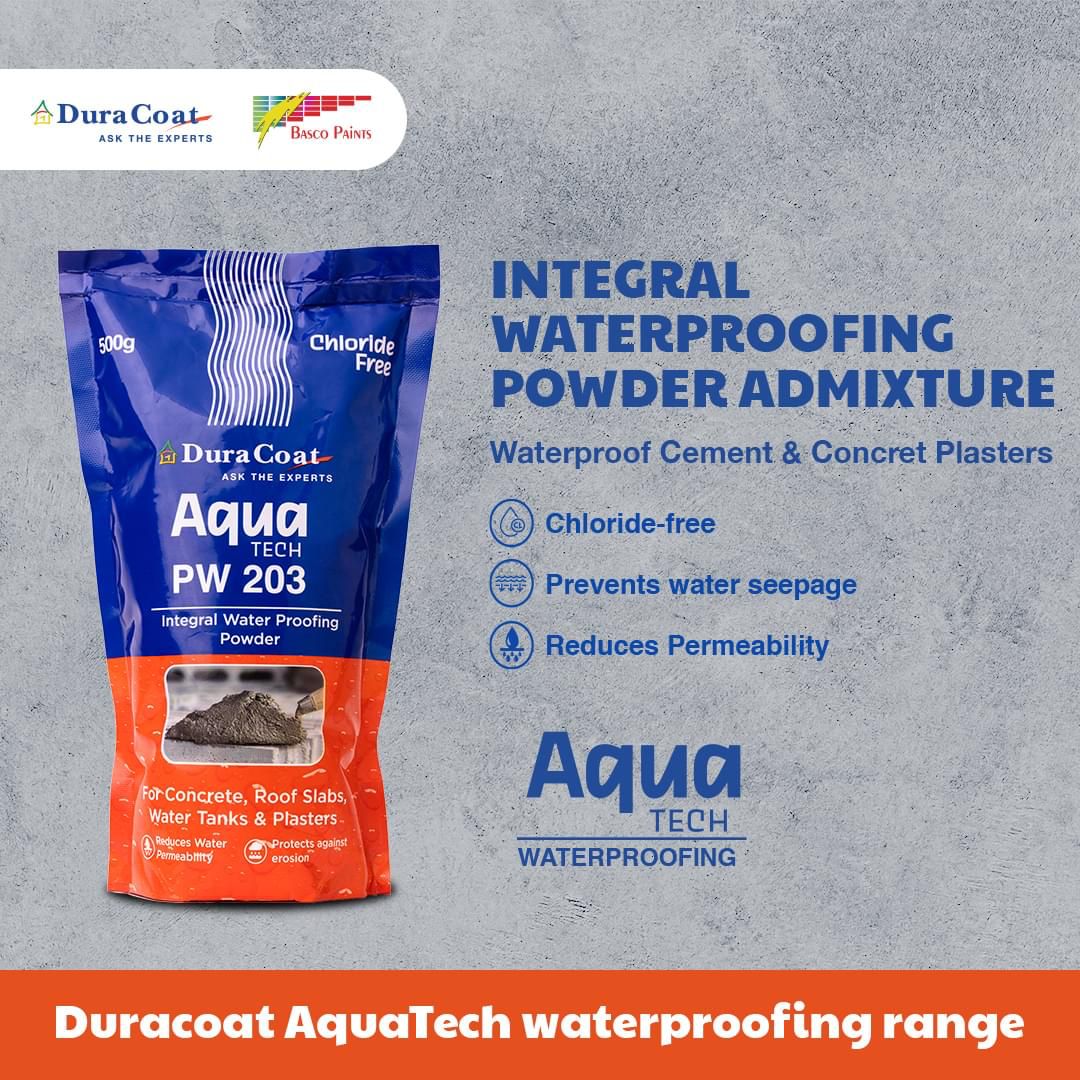Brushes
 Brushes are available in either natural bristles or synthetic filaments.
Brushes are available in either natural bristles or synthetic filaments.
• Natural bristle brushes are made from animal hair. Use them for applying oil-based
coatings.
• Synthetic brushes have filaments made from nylon, polyester, Chinex or a combination. Use them for applying water-based paints.

 Trim Brush
Trim Brush
• Also called a sash brush, it is used to paint trim and smaller, detailed work.
• It is generally available in 1” to 3” widths.
• End of bristles or filaments (edge) can be square (flat) or cut at an angle (angular) for cut- ting in delicate trim work.
• With square trim brushes, the end of the brush is trimmed flat or horizontal.
• With chisel trim, the end of the brush is cut to a dome-like shape, which increases taper and cutting-in properties.
• Tips can be “flagged,” or have split ends.
Paint Brush/Wall Brush
• Also called a flattening brush.
• Generally comes in 3” to 5” widths.
![]() • Used for painting larger surfaces, such as ceilings, floors, chimneys, etc.
• Used for painting larger surfaces, such as ceilings, floors, chimneys, etc.
Varnish Brush
• Commonly used by professional painters for applying a wide variety of paints and stains.
• Known for holding and delivering more paint than other types of brushes.
• Some have satin-edge finishes on bristles for enhanced performance.
 • Recommended for both interior and exterior painting.
• Recommended for both interior and exterior painting.
 Stain Brush
Stain Brush
• A wider brush generally available in 4” to 6” widths.
• Many types feature natural white China bristles for working with oil-based stains, sealers and wood toners.
• Also available in synthetic filaments.
 Chip Brush
Chip Brush
• A utility brush designed for a variety of applications, including painting or applying glue,oil, cleaning or dusting.
• Usually made from China bristle.
• Designed to be economical and disposable.
 Foam Brush
Foam Brush
• Foam brushes have handles like regular brushes, but a foam pad replaces the bristles.
• Considered disposable because they are inexpensive, but most are durable enough to be cleaned and reused.
• Ideal for clear finishes, however, most brands are not recommended for use with lacquer or shellac, which have chemical formulas that destroy the foam.










